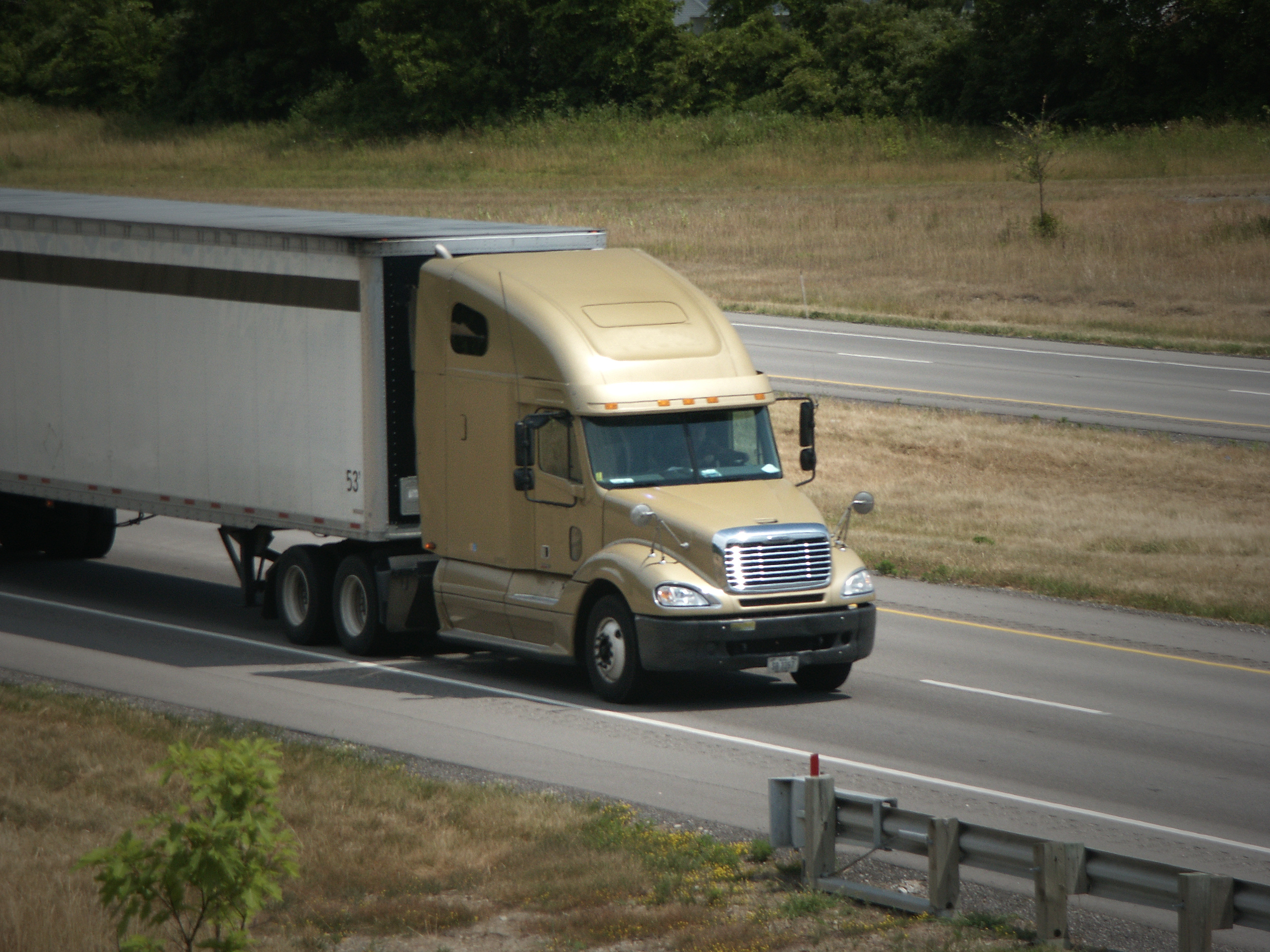New York lawmaker wants to put more 21 and under truck drivers on the road

A New York congresswoman has recently unveiled a plan to fight the truck driver shortage by introducing legislation that would allow for 18 to 21 year olds to operate commercial vehicles across state lines as long as they meet certain conditions.
New Bill Would Allow Non-Military CDL Holders 21 And Under Into Pilot Program
The WHEEL Act was introduced by U.S. Rep. Claudia Tenney and works by building on an existing pilot program that was part of the FAST Act introduced in 2016.
The FAST Act introduced a pilot program to study the safety implications of allowing military veterans between the ages of 18 and 21 to drive commercial vehicles interstate.
Tenney’s WHEEL Act would expand on the pilot program by getting rid of the military service requirement. The bill would simply require that drivers under the age of 21 to have a clean driving record and to have participated in an approved training program to qualify to participate in the pilot program. Tenney promises that “Expanding the pilot program under these conditions will enable more qualified individuals to participate as well as generate more robust and accurate data for the Federal Highway Safety Administration to review. All the while, it upholds rigorous safety and training standards to ensure participants are highly skilled.”
Tenney argues that the proposed legislation is a necessary solution to keep the nation’s trucks on the road: “With a truck driving shortage that is only expected to grow more acute over time, we should take all reasonable steps to address the issue. The WHEEL Act does this by sensibly expanding the interstate truck driving pilot program authorized by the FAST Act while maintaining strong standards for participants.”
While the ATA has come out in favor of the proposed legislation, OOIDA expressed doubts even about the initial 18 to 21 pilot program for military vets only, noting that “OOIDA agrees that military experience often lends itself to a successful career within the industry. However, the Association has many reservations about lowering the age of drivers in order to combat a perceived driver shortage, especially when a poorly executed program could endanger all highway users, including pilot program participants.”
OOIDA has also cited a decades old Federal Highway Administration study which found that persons under 21 years of age “lack the general maturity, skill and judgment necessary in handling commercial motor vehicles.”